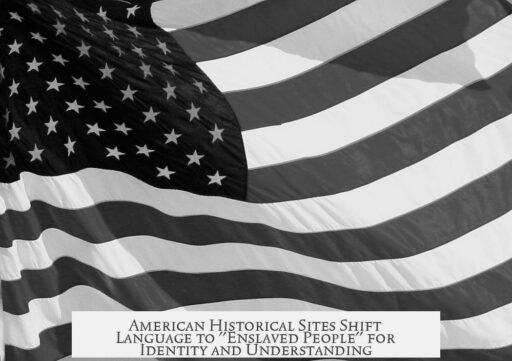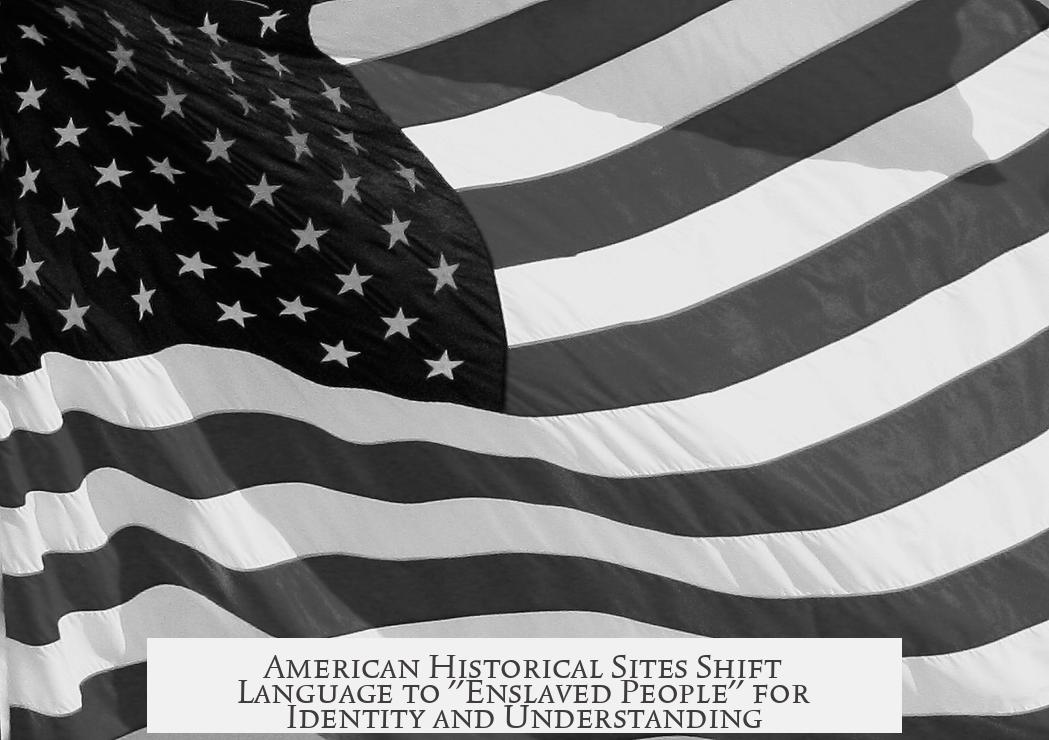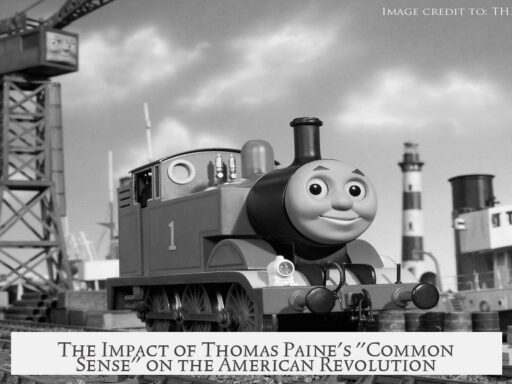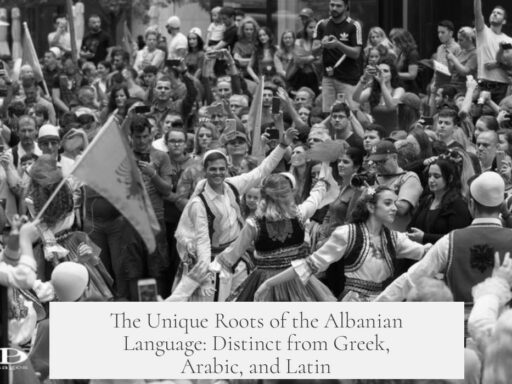American historical sites now refer to “enslaved people” rather than “slaves” to emphasize the humanity and individuality of those subjected to slavery, recognizing that being enslaved was an imposed condition, not their identity. This terminology shift reflects a deliberate move toward respectful and accurate historical interpretation. It rejects reductive labels and acknowledges the full lives and complex realities of those held in bondage.
The term “slave” reduces an individual to a legal status rooted in ownership, overshadowing their personhood. Using “enslaved person” signals that these individuals were people first, who experienced life beyond enslavement. They lived, loved, resisted, and engaged with their world despite the violent system forcing their bondage.
Historical narratives that use “slave” inadvertently echo the dehumanizing language employed by proponents of slavery. This language confines people to a single, imposed condition, neglecting their broader existence and struggles. By contrast, “enslaved person” recognizes their forced condition without defining their identity.
This shift also underscores that enslavement was imposed externally. Individuals did not choose or earn this status; it was forced upon them by laws and systems supporting slavery. Whether imported or born into slavery, their enslavement was determined by external forces. This fact is crucial in describing their experiences accurately.
The change extends to related terminology. For example, “slave owner” is replaced by “slave holder” or “enslaver” to avoid implying that humans could be legitimately owned. Likewise, terms like “runaway” have shifted to “self-emancipated” to respect the agency of those who resisted bondage, framing their actions as rejection of an unjust condition rather than mere escape.
The move toward person-first language in historical contexts parallels trends in other fields such as disability advocacy and mental health. Just as one says “person with a disability,” this approach highlights the individual before their legal or medical status. It avoids reducing a person to a label and supports dignity and respect.
| Term | Implication | Preferred Language | Rationale |
|---|---|---|---|
| Slave | Defines identity as property | Enslaved person | Recognizes personhood first, status second |
| Slave owner | Implies ownership of a human | Slave holder / Enslaver | Reflects legal condition without endorsing ownership |
| Runaway | Minimizes resistance | Self-emancipated | Centers agency and refusal of enslavement |
This evolution in terminology follows historical precedents. For instance, the 1775 abolition society named the Society for the Relief of Free Negroes Unlawfully Held in Bondage avoided the word “slave.” This early example demonstrates longstanding recognition of enslaved people as humans forcibly subjected to unjust conditions rather than property.
By adopting “enslaved person,” historical sites and scholars highlight the dynamic, whole lives of those under slavery. It affirms their experiences, identities, and resistance, moving beyond narrow legal definitions. This nuanced language aids visitors and learners in understanding the full human impact of slavery.
In sum, American historical sites use “enslaved people” because it:
- Emphasizes the humanity and individuality of those enslaved
- Rejects dehumanizing, reductive terms
- Recognizes enslavement as imposed status, not identity
- Acknowledges full lives and resistance beyond bondage
- Reflects parallels with person-first language in other advocacy fields
- Helps create historically accurate and respectful narratives
- Disassociates from language that implies ownership of human beings
Why Do American Historical Sites Now Refer to “Enslaved People” Rather Than “Slaves”?
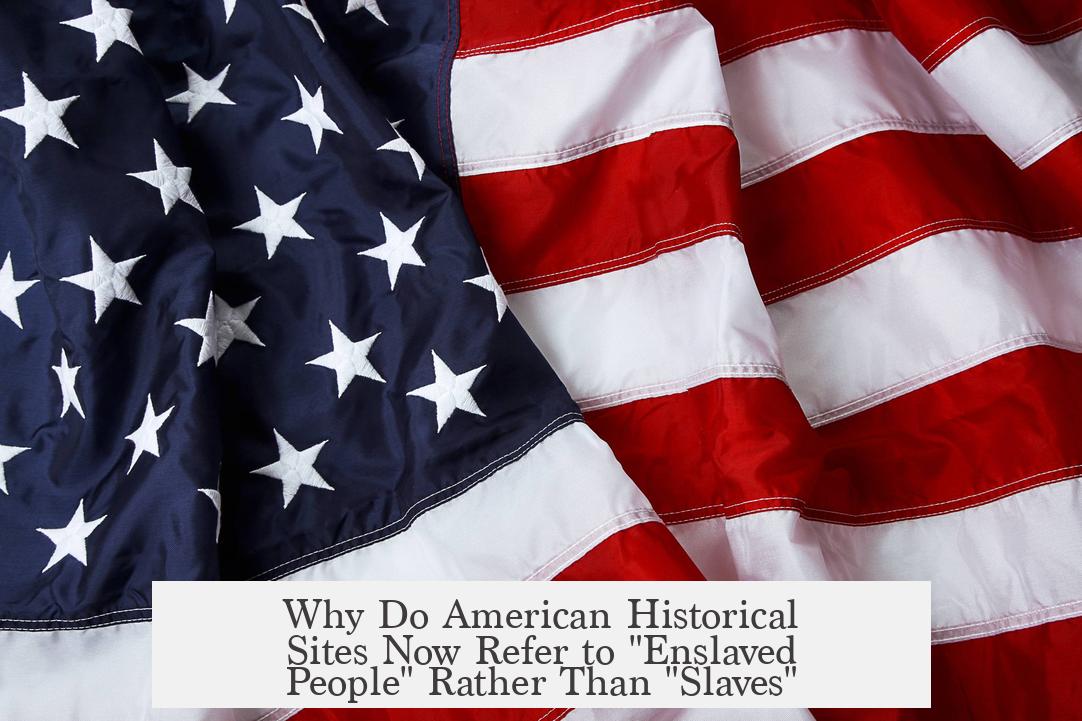
In short: American historical sites use the term “enslaved people” instead of “slaves” to emphasize the full humanity and individuality of those subjected to slavery, highlighting that being enslaved was a condition forced upon people, not their identity.
Let’s unpack that. The shift in terminology isn’t just about semantics or political correctness. It’s a profound recognition of complexity and personhood that was systematically stripped away during slavery. Using “enslaved people” re-centers their identity as human beings first — with lives, emotions, families, and stories — instead of reducing them to a status imposed by an oppressive system.
From Label to Life
Historically, the word “slave” has been deeply reductive. It flattens a person’s existence into one brutal fact—that they were property. Many historical sites now acknowledge this injustice by adopting “enslaved person” to push back against that dehumanizing branding. The emphasis shifts to “person” first. So, rather than saying “slave,” which makes the resistance, hope, and humanity invisible, we say “enslaved person,” affirming their full identity.
“‘Slave’ is rather reductive, insisting that the only thing about the person that matters is the fact that they are enslaved, carrying on the violent dehumanization imposed upon them in their own time.”
This is an important distinction. When visitors read plaques or guides, they’re reminded that these were living, breathing people who endured unspeakable hardships but were never just the sum of their enslavement.
Lives Beyond Enslavement
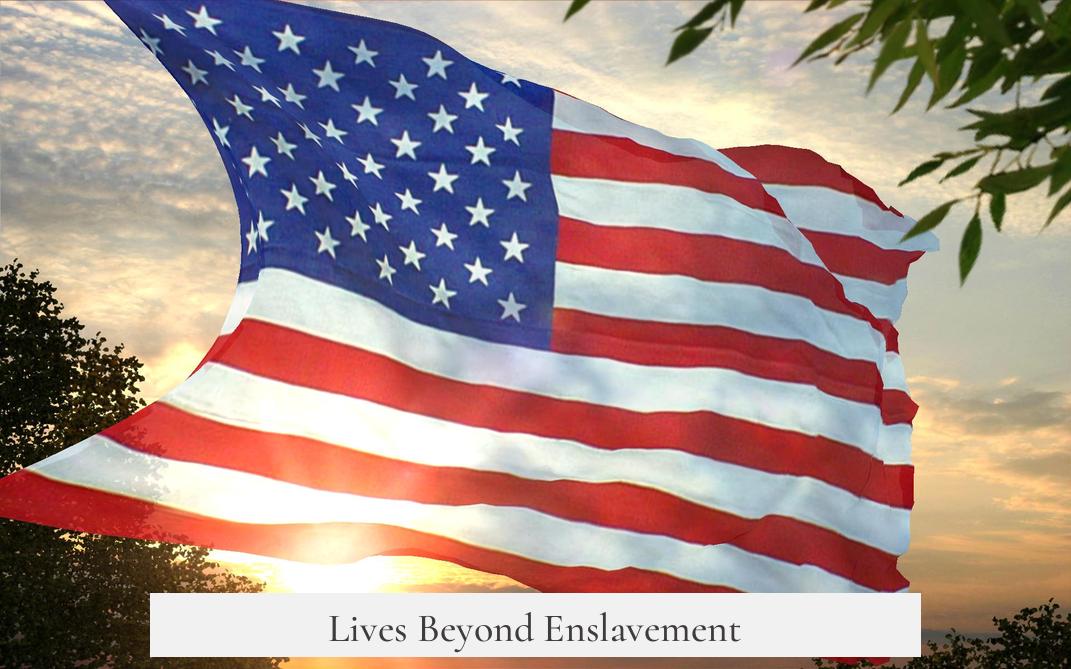
Another key reason for this shift is recognizing that enslaved individuals had dynamic lives beyond their forced condition. They weren’t merely subjects of bondage; they loved, resisted, and engaged with their world.
Describing someone as an “enslaved person” acknowledges the agency and complexity of their full existence:
“They lived their own lives, resisted on their own terms, and engaged with a full world…referring to them as an ‘enslaved person’ is an attempt to recognize the dynamic wholeness of their life and struggle.”
This avoids the trap of a one-dimensional historical narrative. Instead, it respects their identity and humanity while not ignoring the brutal reality of slavery.
Human Identity vs. Legal Status
A major misconception is that adopting terms like “enslaved person” sanitizes or softens the horrors of slavery. This is not the case. The shift does not humanize slavery itself; it humanizes the people caught in the system.
“Slavery” describes a legal status—a condition forced by violence and laws. But it does not define the core of a person’s identity. Taking the time to place the term “enslaved” before “person” helps us see the individual’s humanity first, which is crucial for honest historical reflection.
“Human is their identity; they lived, loved, laughed, suffered, cried, and were brutalized…Slavery didn’t define who they were as an identity, but it does explain their station/status/condition—which is secondary to their identity.”
Think about it this way: Would you want to be defined solely by a condition that was imposed against your will? Of course not. Recognizing this is a step towards correcting the language reflecting complex historical realities.
The External Imposition of Enslavement
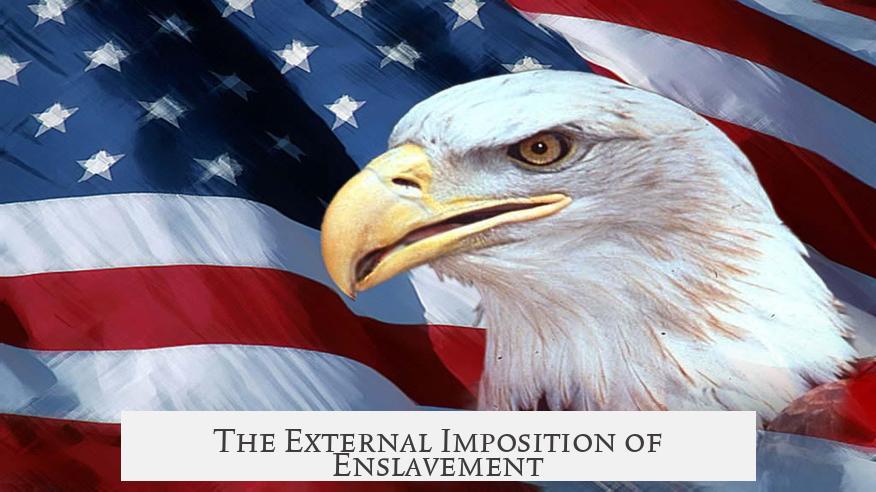
Here’s a critical point many miss: Being enslaved was not a choice, nor a birthright, but a violent external imposition. This changes everything in how we talk about it.
Using “enslaved” underlines that the condition was thrust upon people by others, not something that belonged to their identity or heritage.
“They did not have a say in the matter…they were, literally, enslaved humans…which is perhaps the best argument for using ‘enslaved’ in a professional capacity.”
This language highlights the injustice clearly: these were living people, stripped of freedom by a system designed to treat them as property.
Moving Away From Ownership Language
Another subtle but important shift accompanies this terminology change: how we refer to the perpetrators.
We no longer call them “slave owners,” because no human can or should be owned. Instead, terms like “slave holder” or “enslaver” show the legal but morally wrong control imposed on human beings.
“You didn’t own a human, because that’s ridiculous…we need to reflect that, which is where ‘slave holder’ and often ‘enslaver’ come about.”
Language frames power. Changing words here acknowledges that these people were victims of a violent system, and those who held them captive did not possess human souls, only control.
Parallel Terminological Shifts

The shift to “enslaved person” fits into a broader pattern of thoughtful language changes in how history is told. For example, instead of “runaway slaves,” you might now hear “self-emancipated people.”
This nuance centers the agency that enslaved individuals exercised, even in desperate situations. “They didn’t run away; they refused to accept a brutal reality.”
Historical Precedents for Avoiding “Slave”
Interestingly, early American abolitionists in the 18th century also avoided the term “slave.” The first abolition society was called the “Society for the Relief of Free Negroes Unlawfully Held in Bondage,” recognizing those individuals were not property but humans in unjust conditions.
This isn’t a radical new invention but a return to a more respectful and precise way of speaking about enslaved people.
Why Person-First Language Matters

This approach mirrors modern language practices in other social justice arenas like disability advocacy. Saying “person with a disability” rather than “disabled person” is a conscious way to show humanity before the condition.
“Person-first” language respects individuality, recognizing the person before their circumstance or health condition. The same thoughtful care applies here:
‘Enslaved person’ places the person before the condition of slavery—to remind us these were people first and foremost.
What Does This Mean for Visitors and Learners?
When you visit historical sites or read historical content, expect this language as a prompt to think deeply. It changes how we relate to history. It moves us from seeing enslaved people as passive victims to recognizing their resilience, their full lives, and the injustice done to them.
It invites a more empathetic, rounded understanding.
Practical Tips for Embracing This Shift

- Respect the language: When writing or speaking about history, use “enslaved people” unless quoting or describing a period text.
- Explain why: Sharing the rationale helps others understand the importance of the choice and avoid misunderstandings that it’s just political correctness.
- Use person-first language elsewhere: Adopt this habit in other spheres of life, reflecting respect for people’s identities beyond their status or condition.
- Encourage sites and educators: Support institutions adopting this terminology—it aids in truthful storytelling and dignity restoration.
In Summary
| Reason for Shift | Explanation |
|---|---|
| Emphasizes Humanity | “Enslaved people” highlights the full identity beyond slavery, countering dehumanization. |
| Recognizes Agency | Reflects their lives, resistance, and individual agency, not just legal status. |
| Rejects Ownership Language | Moves from “slave owner” to “slave holder” or “enslaver,” clarifying abusive power. |
| Highlights External Imposition | Conveys slavery as forced upon people, not a defining characteristic. |
| Parallels Person-First Language | Aligns with respectful language practices in disability and social justice fields. |
| Rooted in Historical Thought | Resurrects early abolitionist recognition of the problematic nature of the word “slave.” |
So next time you tour a plantation, museum, or historic home, notice the language shift. It’s not just about being politically correct. It reflects a more truthful, respectful way to honor lives lived in the shadow of slavery, making sure we see the people first—not just the condition they endured.
In a way, this simple change reminds us what history is really about: people, their stories, and how language shapes what we remember.
Why do historical sites prefer “enslaved people” over “slaves”?
Using “enslaved people” acknowledges their full humanity beyond the condition of slavery. It highlights that slavery was something forced on them, not their identity. This language pushback against dehumanizing terms shaped by the system.
How does the term “enslaved person” change our view of history?
The term reminds us these individuals lived complete lives. They resisted, loved, and struggled. It shows slavery was imposed, not defining their whole existence. This term respects their dignity and stories more fully.
Why is “slave owner” considered inaccurate, and what is used instead?
The phrase “slave owner” wrongly implies people could own others. Instead, terms like “slave holder” or “enslaver” are used. These reflect legal control without denying the humanity of the enslaved.
Is there a historical precedent for avoiding the word “slave”?
Yes, early abolition groups avoided “slave”, seeing enslaved people as humans in bondage, not property. For example, the 1775 abolition society used “people unlawfully held in bondage,” showing this distinction dates back centuries.
How does this terminology shift relate to other person-first language movements?
It follows a broader pattern like disability advocacy, where identifying the person before the condition is standard. Saying “person who was enslaved” respects individual identity over imposed status, avoiding reduction to a single defining label.
